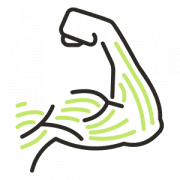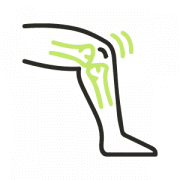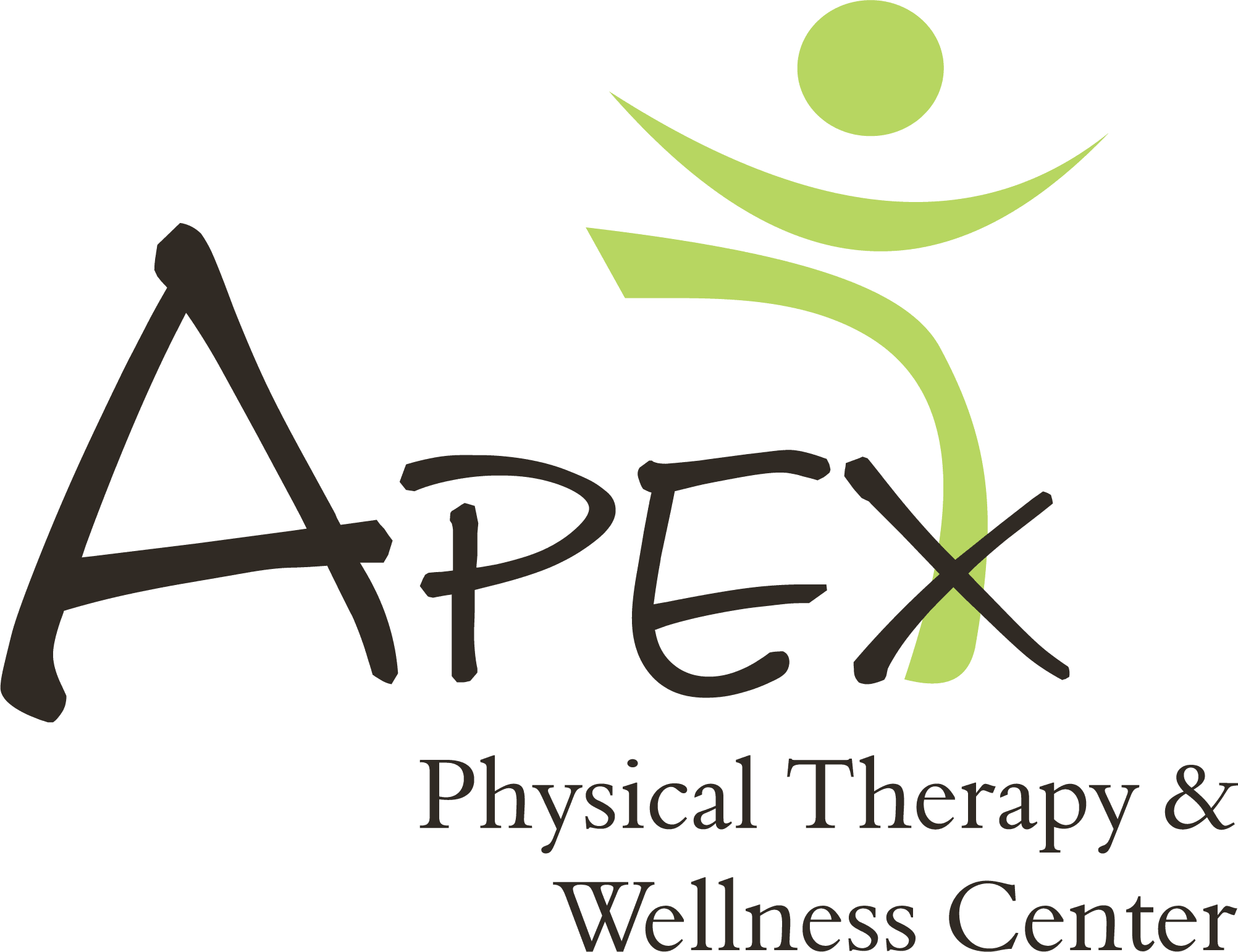ESTROGEN AND IT’S RELATIONSHIP TO INJURY
Did you know that female athletes suffer ACL injuries 2-8X more often than their male counterparts?[1]
The reason for this can get complicated, but one thing is clear—Estrogen has an effect on muscles, ligaments, and tendons. As you can see by the diagram below, throughout the menstrual cycle (normally about 28 days), estrogen and progesterone levels rise and fall. As this hormonal shift occurs, a cyclic change in the stiffness and/or laxity of our tissues also occurs, which plays a role in the tissues’ ability to resist and/or absorb forces.
[1] Front. Physiol., 15 January 2019 | https://doi.org/10.3389/fphys.2018.01834

Estrogen and Muscles
Estrogen is not only advantageous to muscles, but plays a role in the hemeostasis of bone break down and remodeling. Low estrogen levels can lead to amenorrhea (loss of period) and ultimately contribute to osteopenia or osteoporosis. Decreased bone density as experienced with these diseases can lead to bone breaks and stress fractures.

Estrogen and Bone
Estrogen is not only advantageous to muscles, but plays a role in the hemeostasis of bone breakdown and remodeling. Low estrogen levels can lead to amenorrhea (loss of period) and ultimately contribute to osteopenia or osteoporosis. Decreased bone density as experienced with these diseases can lead to bone breaks and stress fractures.

Estrogen and Tendon
Decreased tendon stiffness is also a beneficial effect of increased estrogen levels. Tendon stiffness contributes to muscles strains. As a muscle contracts, there is stress placed on the tendons and their attachment to our bones. If the tendons aren’t able to stretch and give, then more stress is placed on the muscle itself. If the stress is too great, muscle strains or tears can occur.

Estrogen and Ligaments
Alas, we see where increased estrogen can put one at an increased risk for injury—our ligaments (such as the ACL in the knee). Just as estrogen leads to decreased stiffness of our tendons, it also contributes to decreased stiffness of our ligaments. However, as opposed to tendons, there is a direct relationship between ligament laxity and rupture. A stiffer ligament is ideal to control joint mobility and prevent injury.

So what’s the take away?!
Estrogen can be both helpful and harmful for our muscles, ligaments, and tendons. It may be beneficial to track our hormones (or cycle) when planning athletic trainings and performances to put our bodies at a decreased risk of injury based on when these hormone levels rise and fall. Some health professionals even consider the menstrual cycle the 6th vital sign due to the importance of these hormone fluctuations!
It will be fun to see more research emerge on this topic and your APEX therapists will be sure to stay in the know!
[1] Front. Physiol., 15 January 2019 | https://doi.org/10.3389/fphys.2018.01834
[1] Hägglund, M., Markus, W., and Ekstrand, J. (2009). Injuries among male and female elite football players. Scand. J. Med. Sci. Sports 19, 819–827. doi: 10.1111/j.1600-0838.2008.00861.x
[1] Brittany C. Collins, Eija K. Laakkonen, Dawn A. Lowe, Aging of the musculoskeletal system: How the loss of estrogen impacts muscle strength, Bone,Volume 123,2019, https://doi.org/10.1016/j.bone.2019.03.033.
